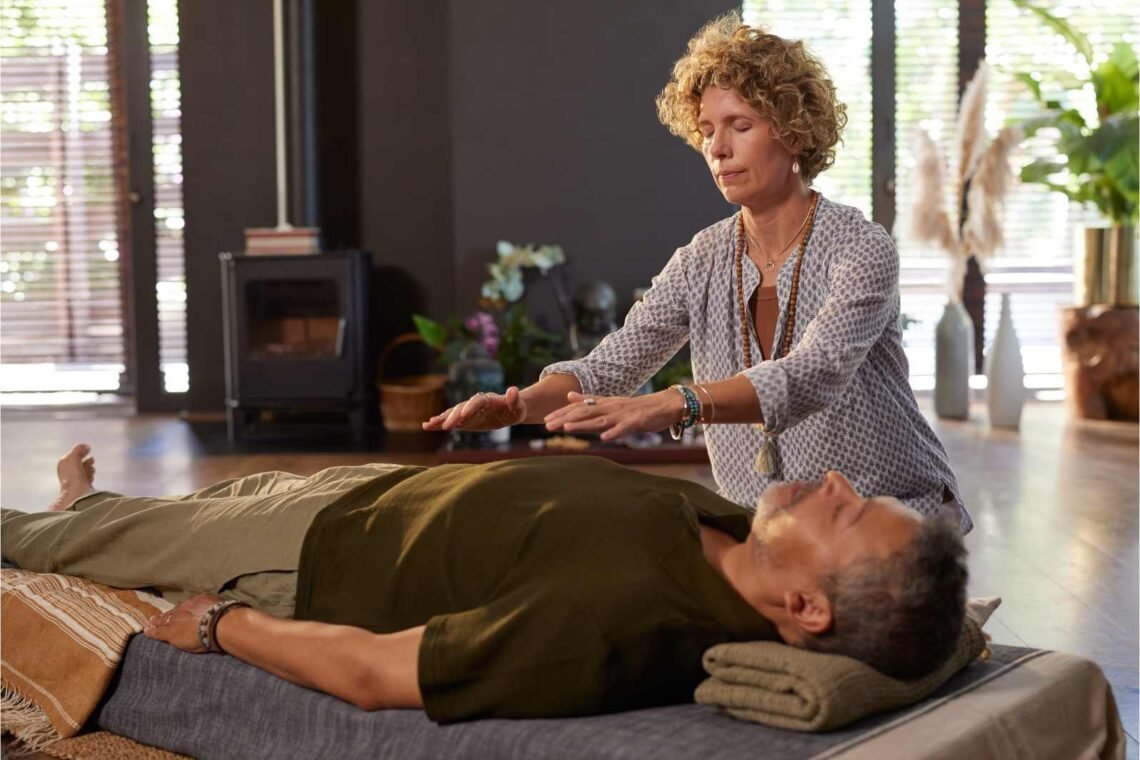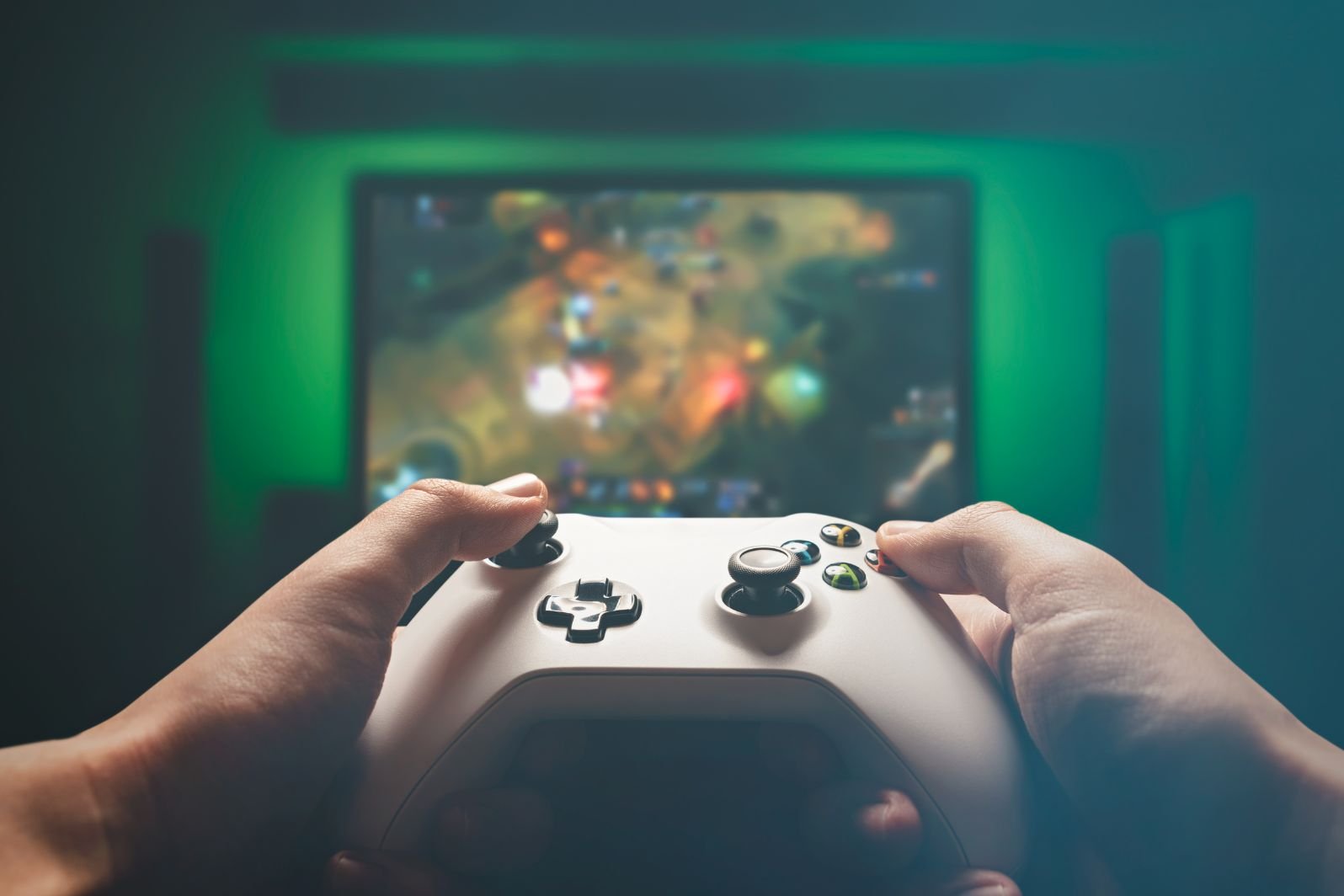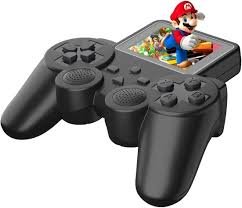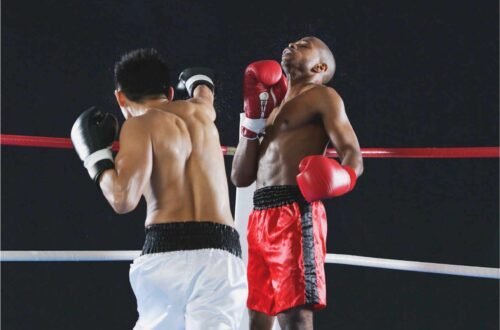In todays high-performance sports world, athletes are pushed to the physical and mental limits through training and competition. But winning isn’t just about hard work on the field — it’s also about how fast and efficiently the body can recover. Science of recovery is now as critical as strength work too, and new technology is transforming the way athletes repair, recovery, reduce fatigue and prevent injury.
Why Recovery Matters
Recovery is the mechanism that the body uses to repair tissues, restore energy and adapt the stress training has had on it. Recovery is the key to reducing injuries, burnout, and suboptimal performance in athletes. Recovery is where actual growth takes place, plain and simple.
Innovative Approaches to Faster Healing
1. Cryotherapy and Cold Therapy
Cold therapies, including ice baths and whole-body cryotherapy chambers, are frequently used to decrease inflammation and muscle fatigue. Cryotherapy, which involves using extreme cold to treat injuries, subjects the body to very cold temperatures for a brief period, which is believed to aid in healing by enhancing blood flow when the body is restored to a warmer temperature.
2. Compression Technology
From recovery boots to smart compression sleeves, compression therapy increases blood flow and decreases swelling. These are increasingly coming with data-logging wearables which can give athletes real-time tracking of how they’re recovering.
3. Hyperbaric Oxygen Therapy (HBOT)
HBOT is when a person inhales pure oxygen in a pressurized room. This increases the oxygen in the blood, aiding in quicker recovery from muscle, tendon, and even bone injuries. A protocol long used by many top athletes to bounce back quickly from high-intensity workouts.
4. Nutrigenomics and Personalized Nutrition
Sports science isn’t just about one-size-fits-all diet plans. Using DNA testing and personal nutrition strategies, athletes can customize the foods and supplements they eat for recovery to their body’s individual needs, enhancing muscle repair and reducing inflammation.
5. Sleep Optimization
The most natural recovery tool is, of course, sleep, but modern science is making it smarter. Now wearable devices monitor sleep stages, track recovery scores and suggest changes to bedtime routines to help achieve an 8-hour respite.
6. Red Light Therapy
Red light therapy, also known as photobiomodulation, does this by harnessing specific wavelengths of light to decrease inflammation and promote cell repair. It has recently caught on in the sports medicine clinic for its potential to accelerate healing of injured tissue.
7. AI and Recovery Tracking
AI is enabling athletes to analyze training loads, recovery times and stress levels. AI-driven platforms deliver customized recovery plans to make sure athletes don’t overtrain and can peak when it matters.
The Mental Side of Recovery
Recovery isn’t just physical — mental recovery is important, too. Tactics including mindfulness, meditation and neurofeedback are being deployed to control stress, increase focus and expedite healing generally.
Looking Ahead
The science of sports recovery is heading in a more holistic, tech-infused direction. As new medical and rehabilitation techniques are becoming the norm, athletes are not only losing recover time, but also outperforming what was once thought to be humanly achievable.
FAQs:
Q1. How do athletes bounce back so fast?
Athletes recover quicker because they have access to advanced techniques like cryotherapy, hyperbaric oxygen therapy and AI tracking, but they also never stray far from the basics — balanced nutrition, hydration and sleep.
Q2. Which recovery method works best?
The best one is not a single one. The best recovery plan often involves taking a multi-angled approach — say, cold therapy, sleep optimization and nutrition, depending on an athlete’s body and training load.
Q3. Are normal people able to employ these recovery tricks?
Yes! Although some higher-tiered options may come with a hefty price tag like HBOT, budget-friendly options including sleep tracking, compression wear, mindfulness and red light therapy are applicable to more people.
Q4. Recovery is a priority over training?
Both are equally important. Training forces the body to get better, but recovery enables the body to repair and adapt. Without recovery there can be no training progress and risk of injury rises.
Q5. How much sleep do athletes need to recover properly?
The majority of athletes require 7-9 hours of quality nightly sleep with some individuals also benefitting from short naps during the day to assist in recovery.





